REVIEW – Battlesystems Marker Panel, Individual, LW
ITEM: Marker Panel, Individual, Lightweight (MPIL)
MANUFACTURER: Battle Systems LLC
DESCRIPTION: An ultra-lightweight high visibility marker panel intended for the dismounted individual.
LINK: http://www.battlesystemsllc.com/Marker_Panel,_Individual,_LW.html
REVIEW NOTES:
The Marker Panel, Individual, Lightweight has been graciously provided by Battle Systems LLC. Whilst I have received a small financial donation towards the upkeep of this website, this review is like any with supplied equipment, in that I have conducted the review with the proviso that I will be painfully honest in my assessment of this item.
Unlike most of my reviews of supplied equipment, this item won’t be returned to the supplier. It will be going straight into my pack.
LAYOUT:
The MPIL is made of a lightweight parachute silk like material of two separate sides. Each side is a different high visibility colour – orange and pink. It is 16 x 16 inches (approximately 40 x 40cm) unfurled.
Each side has a 2 x 2inch (approximately 5 x 5cm) patch of loop pile material to allow an IR reflective patch to be applied for multi-spectrum identification. Each corner has a loop of gutted 550 cord (or paracord to us Commonwealth types) for attaching to objects or other MPIL panels. The MPIL panel provided for assessment came with four Poli Bina clips. I believe these are an option when ordering.
Stowed, the MPIL silk panel is incredibly compact at 2.5 x 2.5 x 0.75inches (approximately 6 x 6 x 2cm) all folded up. The panel takes up less space than the four Poli Bina clips.

Total weight is 22g for the MPIL, and each Poli Bina clip is 14g each.
PERSONAL ASSESSMENT:
When I first received word of this item from the proprietor of Battle Systems, I was pretty excited by the concept.
Marker panels are a really useful piece of equipment for use in any environment, military or civilian. They can be used as an essential part of a suite of means to gain the attention of aircraft or other vehicles and vector them onto one’s position. This is most obviously useful during Search and Rescue operations (both military and civilian), and CASEVAC (CASualty EVACuation) of wounded personnel during military operations.
Marker panels can also be used for IFF (Identify Friend or Foe) purposes, and ease of command and control for higher echelons. Such examples I can think of is having team leaders or other key personnel in a unit have these marker panels fitted to their personal equipment to allow a commander to keep track of sub-units, and allow friendly support assets like Close Air Support (CAS) be able to identify Blue from Red forces when in close contact. This is especially needed, since most of the time military personnel tend to be clad in camouflage material from head to foot, and covered with camouflage cream over all exposed skin. When we wish to draw attention to ourselves, it needs to be a definite, deliberate action.
Similar applies to the civilian bushwalker and hiker. When emergency services are needed, we’re often a tiny spot of mud covered colour in a sea of rough, mountainous green and brown.
Picture of MR Wolf Alpha taken at 61.3m (lased) in typical scrub setting, zero magnification of the camera lens:
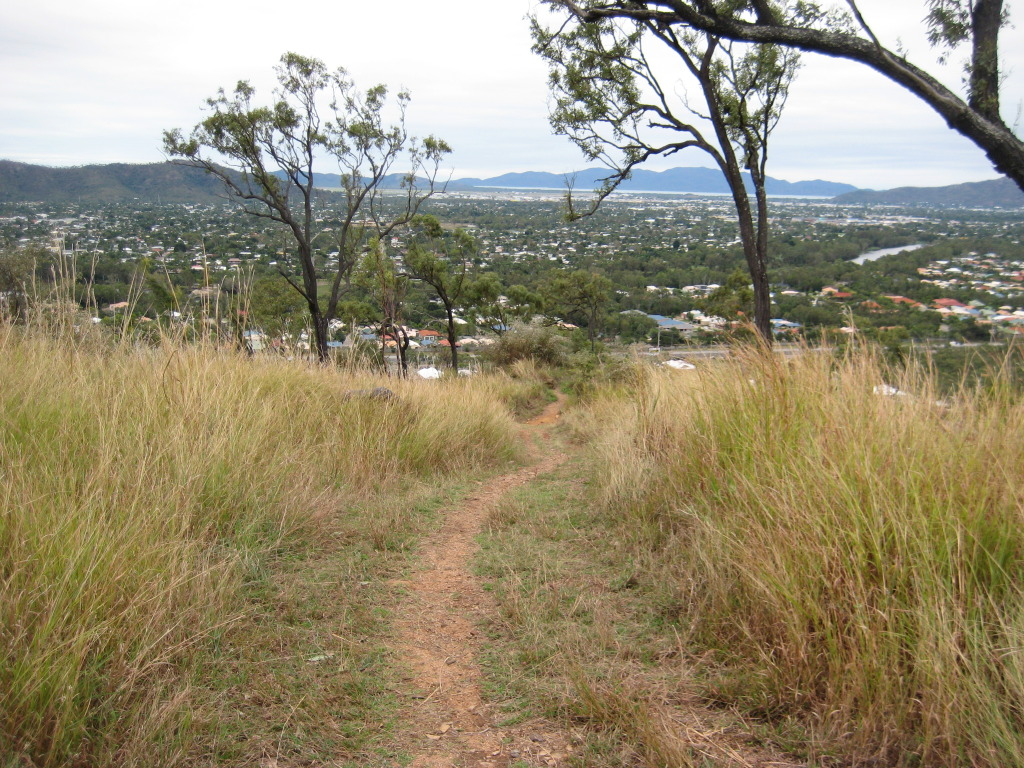
Picture of MR Wolf Alpha taken at 61.3m (lased) in typical scrub, 9x magnification of camera lens:
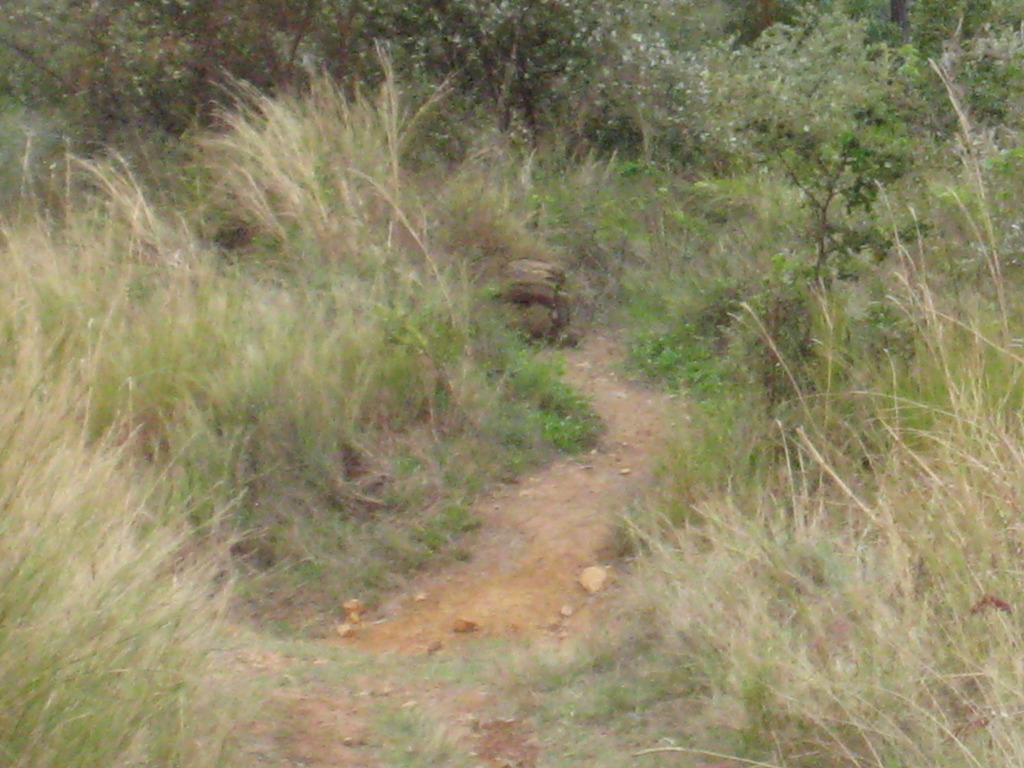
Picture of MR Wolf Alpha taken at 61.3m (lased), zero magnification, MPIL attached:
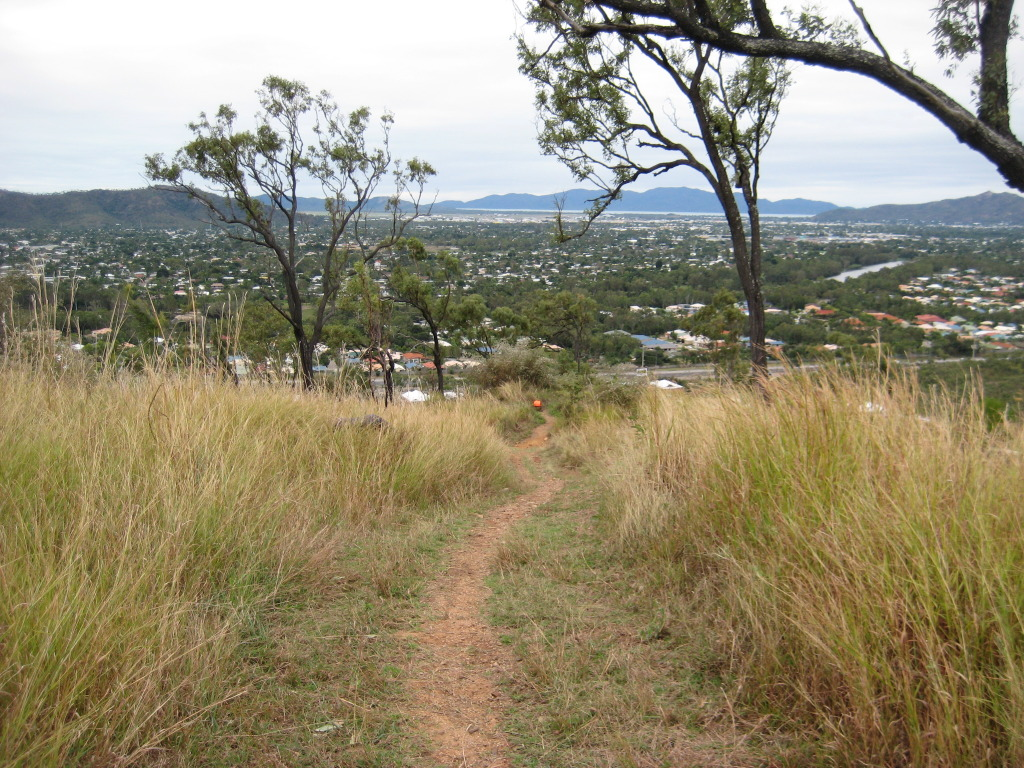
Picture of MR Wolf Alpha taken at 61.3m (lased), 9x magnification, MPIL attached:
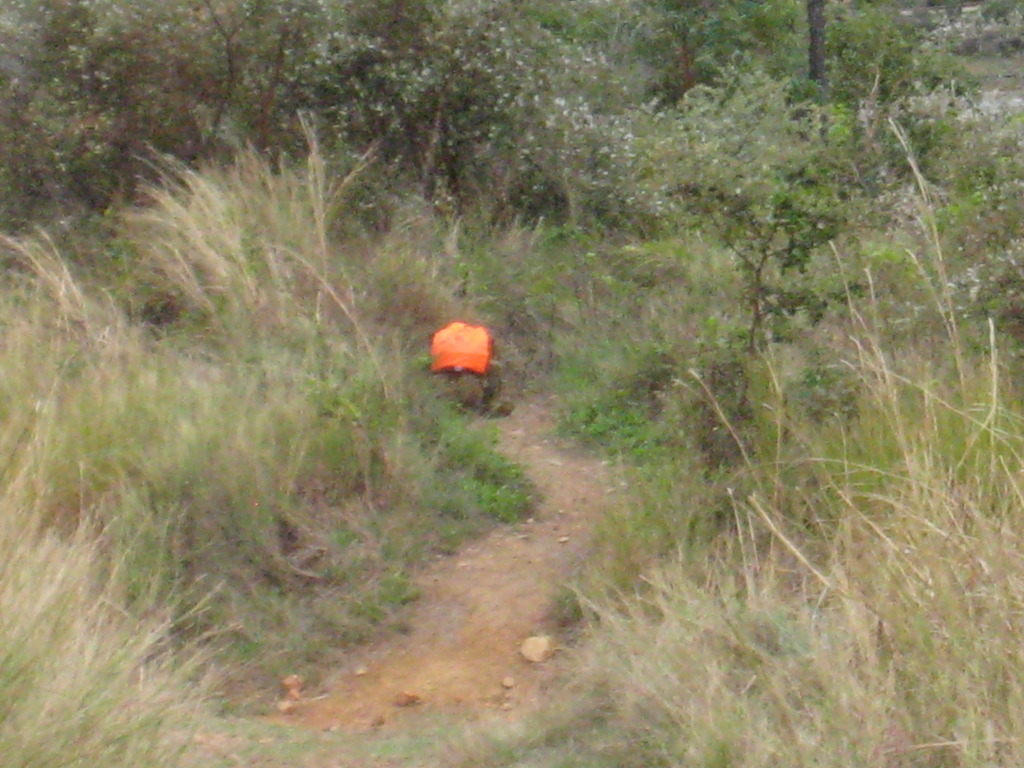
Picture of MR Wolf Alpha taken at 97.8m (lased), zero mag, MPIL attached:
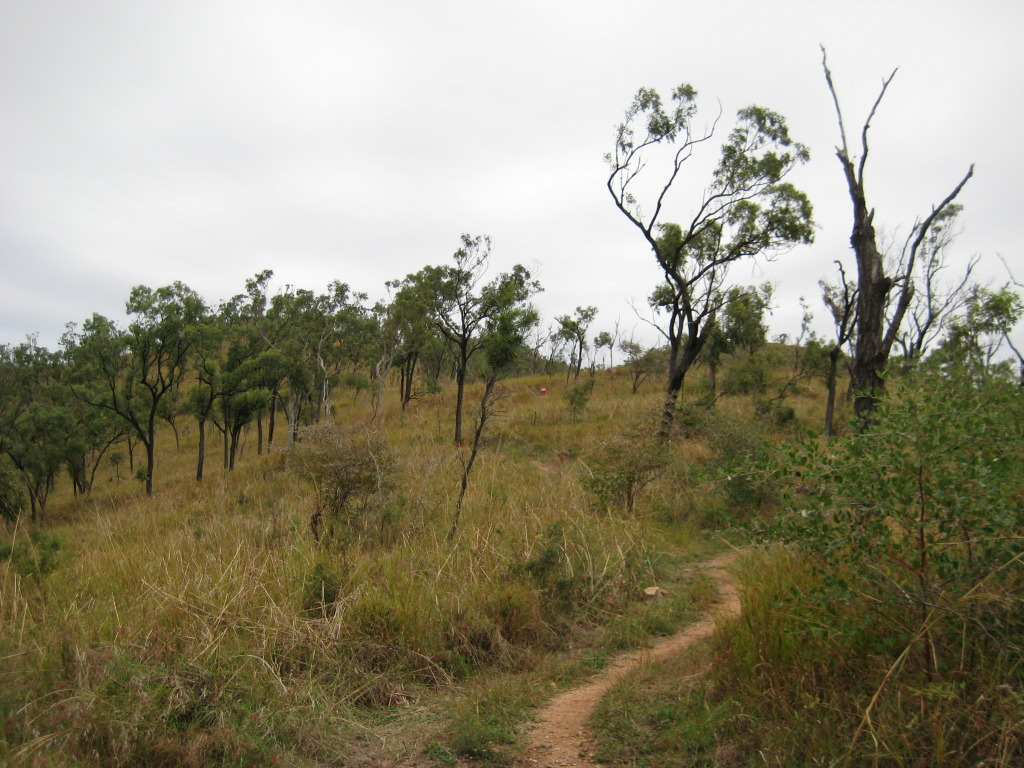
Picture of MR Wolf Alpha taken at 97.8m (lased), 9x mag, MPIL attached:

VS-17 signal panels I’ve used in the past are made of canvas, large, bulky and weigh a tonne for what they are. In storage mode, full-size VS-17 panels come in a canvas bag the size of a woman’s handbag, and weigh at least a kilogram. As a young digger, I was never pleased to receive them, since they took up so much space in my pack and weighed so much for what they are. It wasn’t until later, that “instant experience” that dawns on us slow learners (namely me), that the panels were an item that may be seldom used, but when one needs them, they’re REALLY needed! Most people I’ve seen will cut down a VS-17 panel to cut as much weight and volume as possible whilst still being useful for orbiting aircraft to see.
When I first took the MPIL out of the mailing envelope, I was really excited at the size and weight of the item.
I’m getting older nowadays, and always looking to reduce my carried load for a pure comfort and convenience perspective. For many others, reducing the carried load is essential for continued long term health and enjoyment of their hobby, or trying to fit as much mission essential equipment into their packs when deploying to remote areas as possible. The MPIL is sufficiently sized that it can easily by shoved into a pocket in the uniform, or in some random space in a pouch on the fighting load or in a rucksack.
The paracord loops ensure that an individual panel can be secured to any handy object during use. This means personal equipment like backpacks, something heavy enough not to be easily blown away when rotary wing aircraft arrive to answer that call for help, trees, or vehicles. The Poli Bina clips make this even easier, by pre-fitting the clips onto objects or personal equipment before hand, ready for use.
Individual panels can be joined with other panels of team mates to form larger areas, or shapes for limited communications to orbiting aircraft, such as designating LZ dimensions and wind directions.
The fact that an IR IFF patch can be fitted to either side of the panel just shows how much Battle Systems has thought about the latest trends on the modern battlefield. Often times, most work and stressful action filled activities take place at night and times of reduced light. Since most military air assets have inherent night capabilities, being able to draw their attention via multi-spectral means is essential. I really like this well thought out feature. It should be noted that these IR patches are controlled items, and generally unavailable to the public.
Since I don’t have access to night vision optics anymore, I was unable to assess how the material would look under night vision.
Due to real world constraints, it has not been possible to test the effectiveness of the MPIL for vectoring aircraft onto my position – thankfully. What I have used it for, is attached to my pack during training walks on busy roads. My coyote tan Wolf Alpha, along with my usual walking attire tends to be a bit drab, and disappear in poor light. This is exacerbated out scrub in natural vegetation and terrain. Attaching the panel as a safety device to my pack was incredibly easy and effective. I could actually count the amount of passing cars that would swerve to avoid me, rather than blindly continue on nearly hitting me.
Since I’m doing an increasing amount of walking by myself nowadays, it’s a relief on my mind to know that a lightweight and durable location marking solution is now available.
Around camp and the wilds, the MPIL could also be used to:
– Distinguish one’s camp site from others. It’s awfully embarrassing to wander into other’s private space out in some of the more popular camping areas and tracks.
– Marking a kill whilst hunting, or alternatively, drape over yourself when dragging head and horns out after the kill to avoid other hunters shooting at you.
– Basic non-verbal communications to team mates across short to medium distances.
PROS –
An incredibly compact and lightweight solution to marker panels. The convenience and utility of this item is right up there with bottled beer and sliced bread.
Battle Systems is a small, veteran owned business, which is better economically if you’re into the sustainable economics thing – which I happen to be. Being a former service member, the proprietor proves once more he remembers the small things a digger/Joe/Tom needs in their life.
Cost for such an essential piece of life-saving equipment and peace of mind whilst out in the wilds, is incredibly low. It should warm the cockles of the heart for all us cheap buggers with strong Scottish inheritance.
CONS –
The lightweight construction may have compromises upon the long term endurance of the item. But to my mind, this is a small thing. If real long term endurance is needed, then a more permanent solution – oh, like a fixed landing strip with dedicated lighting and air traffic control – or the legacy VS-17 panels should be used.
SUMMARY:
I would consider the MPIL an essential item to be carried by anyone thinking about heading out into the wilderness, whether in a military or civilian setting. Such an easy to use, cheap and useful item simply shouldn’t be ignored. Unlike many of my reviews of supplied equipment, this is one item I won’t be sending back. It’s already sitting in my pack waiting for one of those worst possible moments.
I would suggest not leaving home without it!
Posted in Civilian, Military, Miscellaneous Equipment, Specialist by 22F with no comments yet.


Leave a Reply